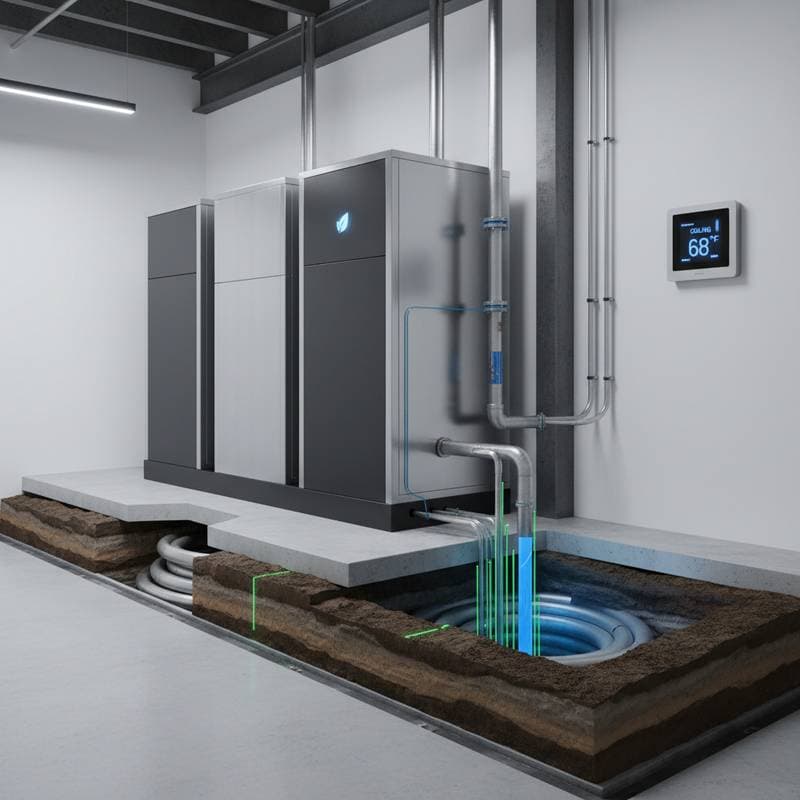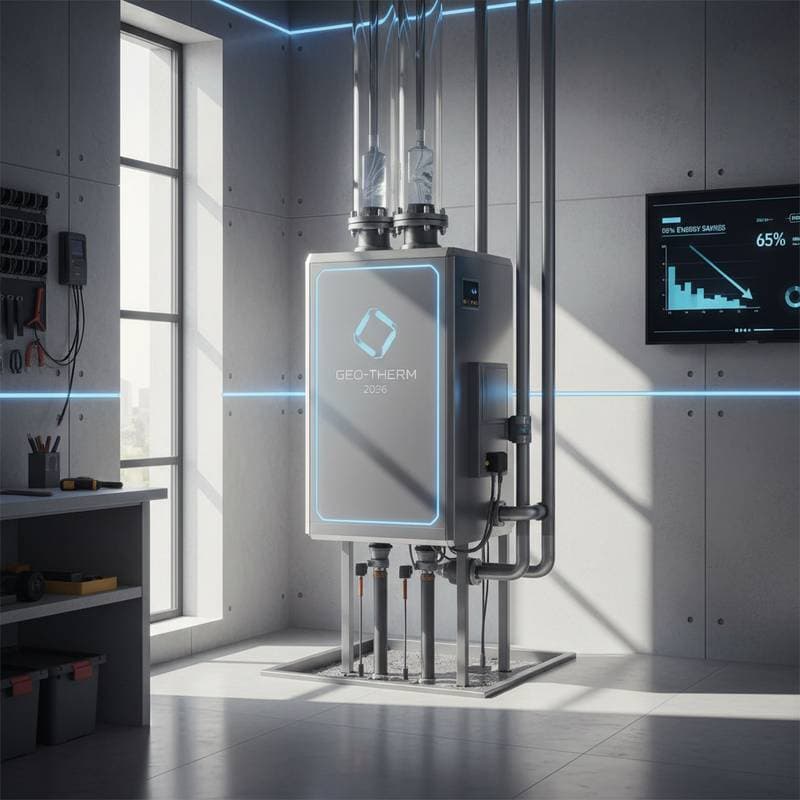Windows That Slash Energy Costs by 30 Percent
Smart window technology is revolutionizing how homeowners manage energy costs, offering savings of up to 30 percent through superior insulation and innovative power generation. These advanced windows do more than block heat loss; they transform sunlight into usable electricity, reducing reliance on the grid while enhancing comfort. Whether you are renovating or building anew, understanding these solutions can lead to substantial financial and lifestyle benefits.
The Hidden Impact of Windows on Energy Bills
Many homeowners focus on wall or roof insulation, yet windows often account for significant energy loss. Standard glass fails to retain heat during cold months and allows excessive warmth in summer, forcing heating and cooling systems to work overtime. Upgrading to high-performance windows addresses this inefficiency directly, acting as a barrier against wasted energy and a consistent drain on your budget. Beyond mere savings, these innovations position your home as a model of sustainability.
Breaking Down the 30 Percent Savings
The claim of cutting energy bills by nearly a third is grounded in rigorous building performance research. High-performance windows achieve this through a combination of cutting-edge features, each targeting a specific aspect of energy efficiency. Here is how they work together:
- Low-E Coatings: These ultra-thin layers on glass reflect infrared heat while permitting visible light to pass through, minimizing unwanted temperature shifts.
- Gas-Filled Multi-Pane Designs: Layers of argon or krypton gas between panes enhance insulation, reducing the workload on heating and cooling systems.
- Integrated Solar Technology: Transparent photovoltaic glazing captures sunlight and converts it into electricity without obstructing views or natural light.
When these elements are combined, they not only lower energy consumption but also, in some setups, produce power to offset other household needs like lighting.
Exploring Transparent Solar and BIPV Innovations
Among the most promising developments in green architecture are transparent solar glass and building-integrated photovoltaics, commonly known as BIPV. These technologies embed solar cells directly into window glass, eliminating the need for separate rooftop panels. Transparent solar glass absorbs ultraviolet and infrared light while remaining clear, and BIPV systems replace traditional glazing with semi-transparent solar modules. Both maintain the aesthetic appeal of glass-heavy designs, often seen in commercial buildings, while generating clean energy and slashing utility costs for homeowners.
Weighing Costs Against Long-Term Gains
Investing in advanced windows requires a higher initial outlay compared to standard options. Basic high-performance double-pane windows might cost between 600 and 900 dollars per unit with installation, while triple-pane or gas-filled models range from 1,000 to 1,500 dollars. Transparent solar or BIPV units start at around 2,000 dollars each. However, the return on investment becomes evident over time, with energy savings often recouping costs within 7 to 10 years, especially in regions with high utility rates or available tax incentives. Additionally, homes equipped with these features can see resale value increases of 3 to 5 percent, making them a strategic upgrade.
Additional Benefits for Comfort and Well-Being
Beyond reducing bills, high-performance windows elevate daily living in tangible ways. They eliminate drafts and uneven temperatures, creating a more consistent indoor environment. Protection against ultraviolet rays preserves furniture and flooring from fading, while optimized natural light with reduced glare supports better mood and health. Improved insulation also dampens external noise, and modern materials ensure durability with minimal upkeep, enhancing both practicality and peace of mind.
Addressing Homeowner Concerns
Homeowners often have practical questions before committing to such upgrades. Solar windows do function in overcast conditions, though output is reduced; pairing them with efficient systems maximizes their value. Installation is not a do-it-yourself project, as improper fitting can undermine performance, so professional expertise is essential. Compliance with local building codes must be verified, though most products meet global energy standards. Maintenance remains straightforward, akin to cleaning regular glass, with no special care needed for integrated solar components.
Taking the Next Step
If you are ready to upgrade, begin with a home energy audit to pinpoint where losses are greatest. For those on a limited budget, starting with low-E double-pane windows offers immediate savings. If you can invest more, transparent solar or BIPV options turn your home into an energy-producing asset. Focus on balancing upfront costs with future benefits, knowing that every unit of energy saved or generated directly boosts your financial security and environmental impact.









